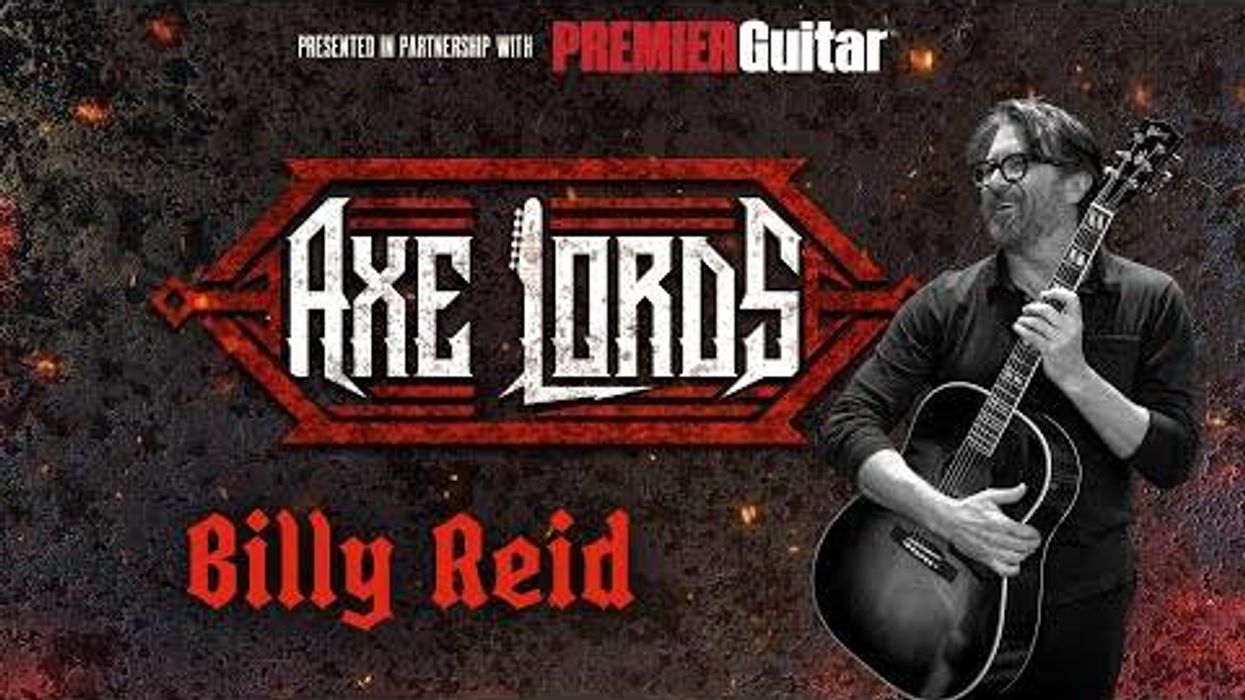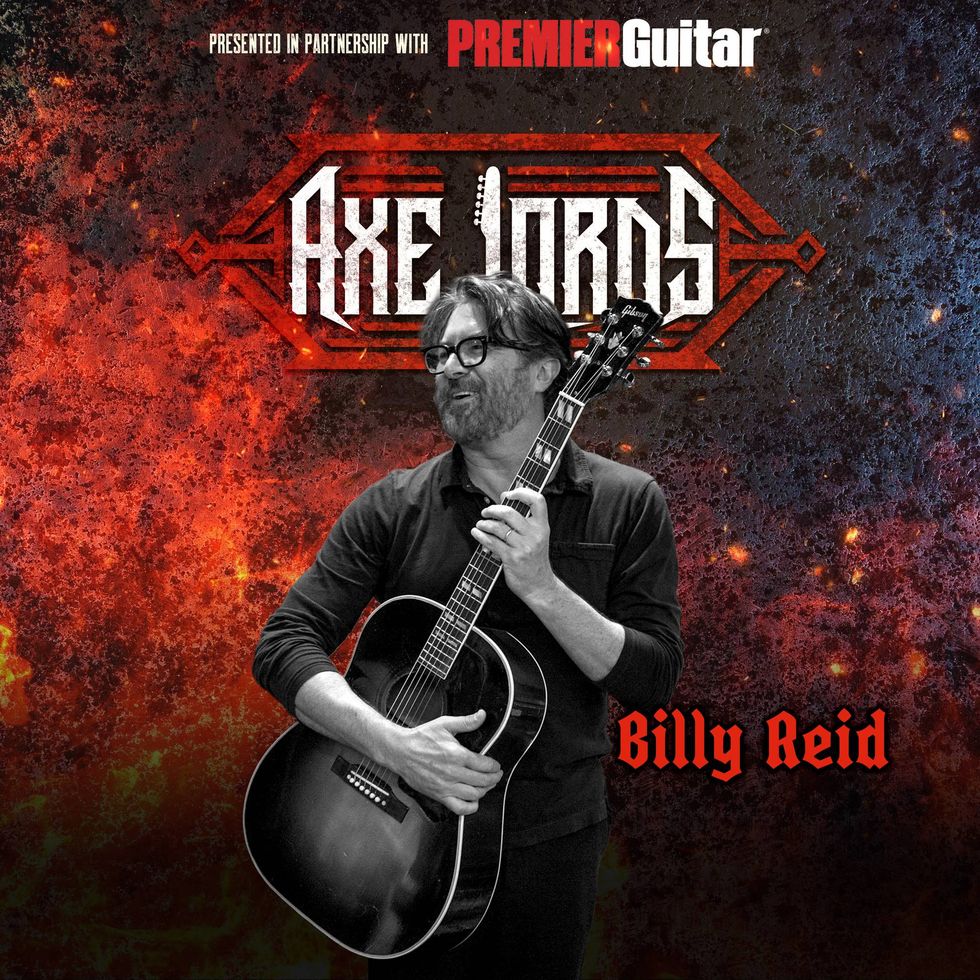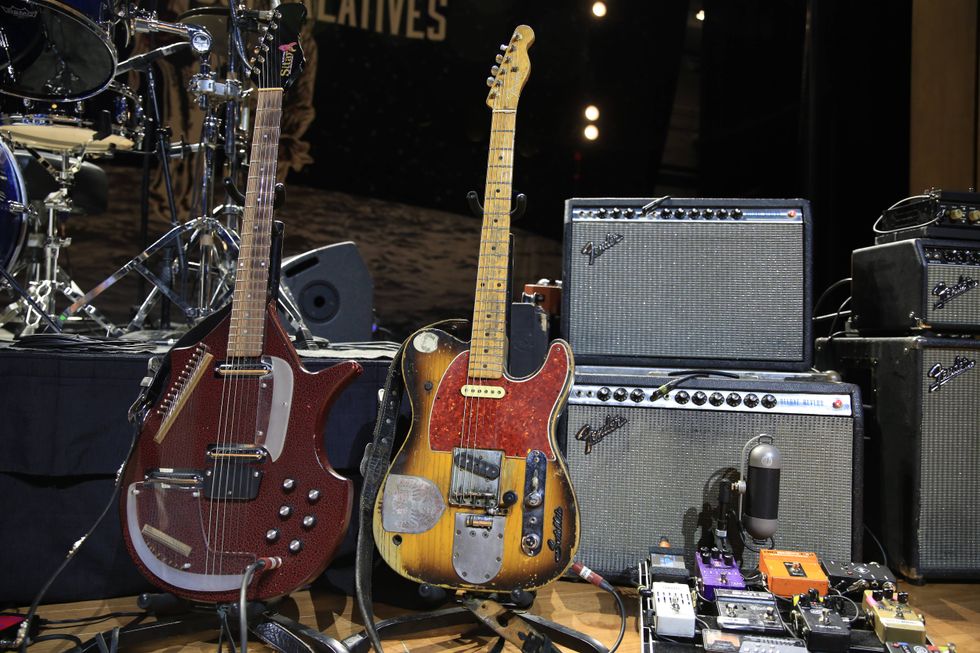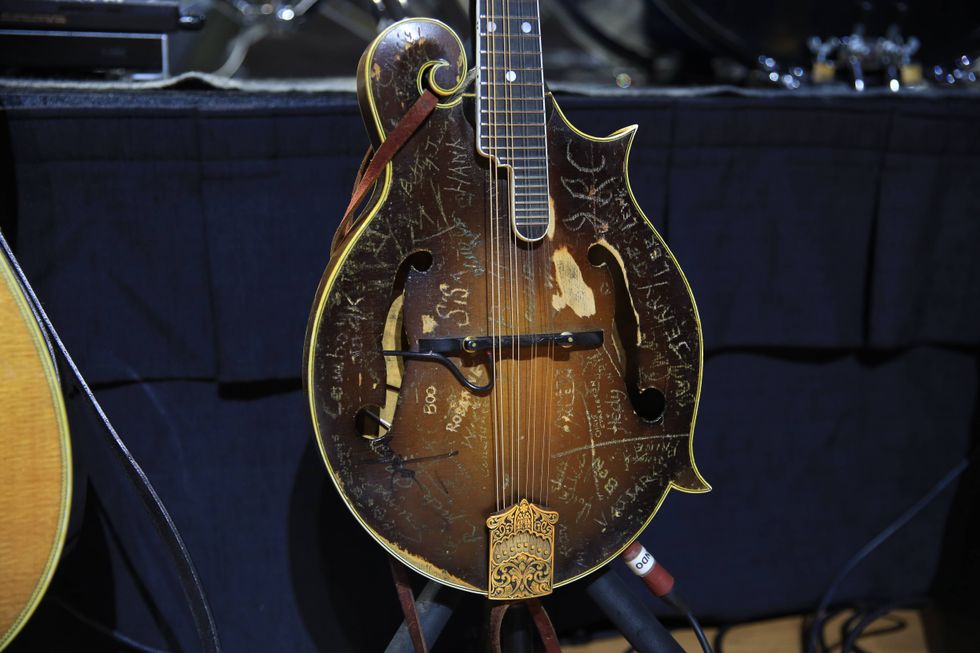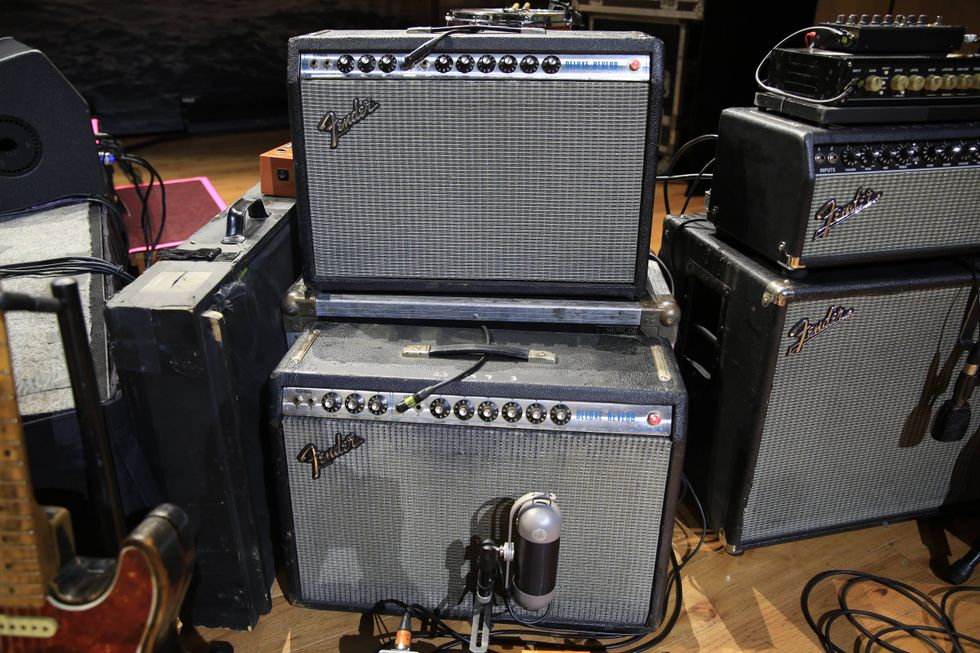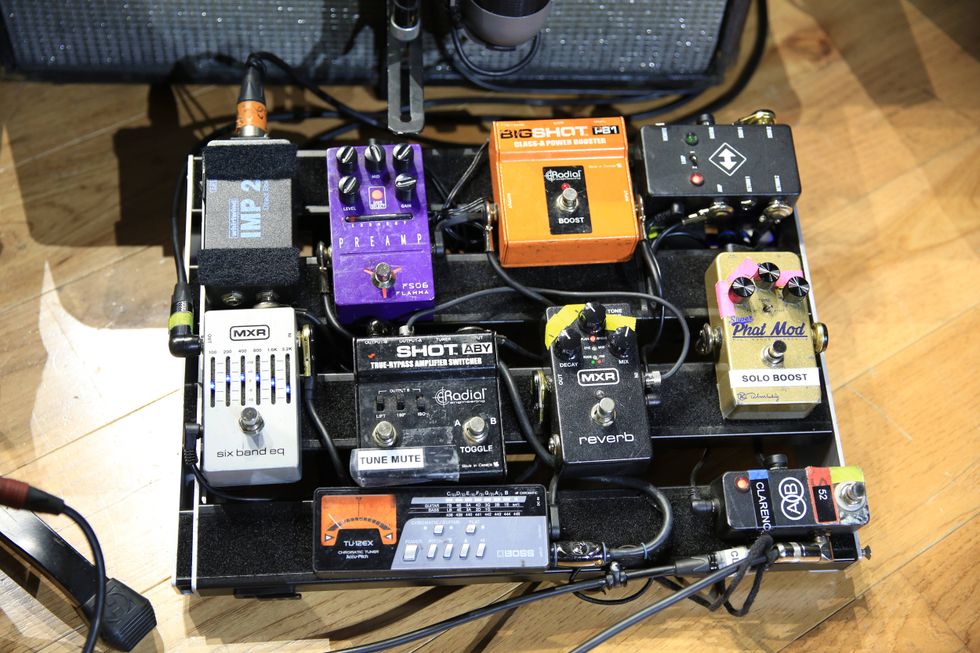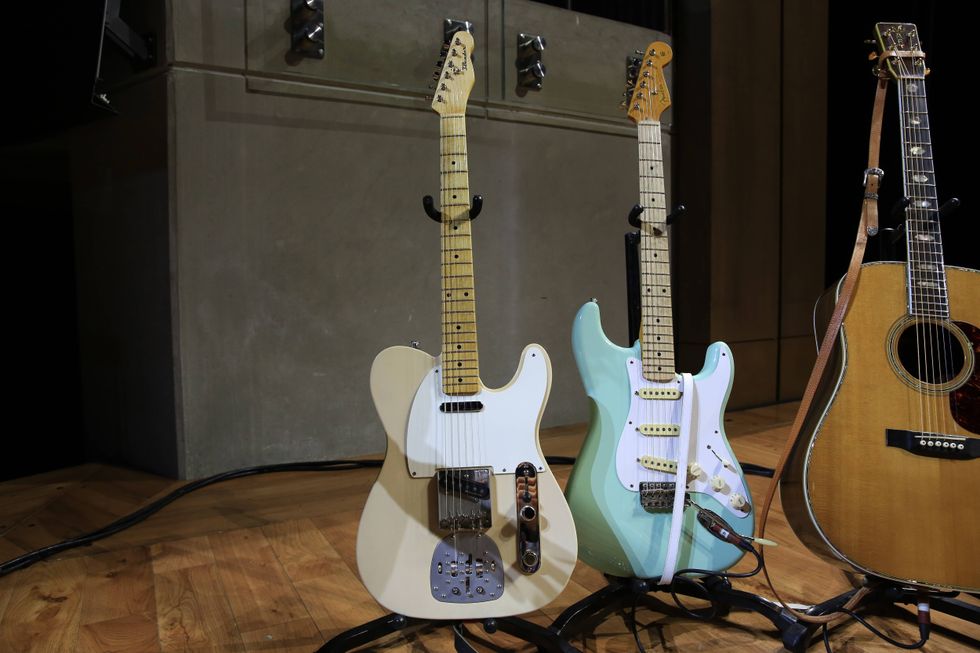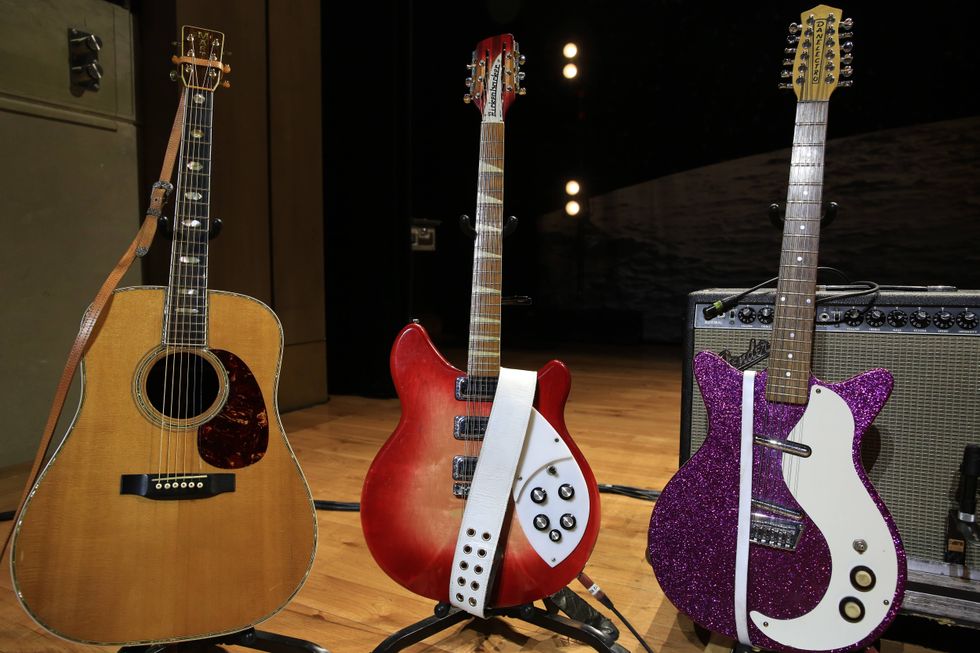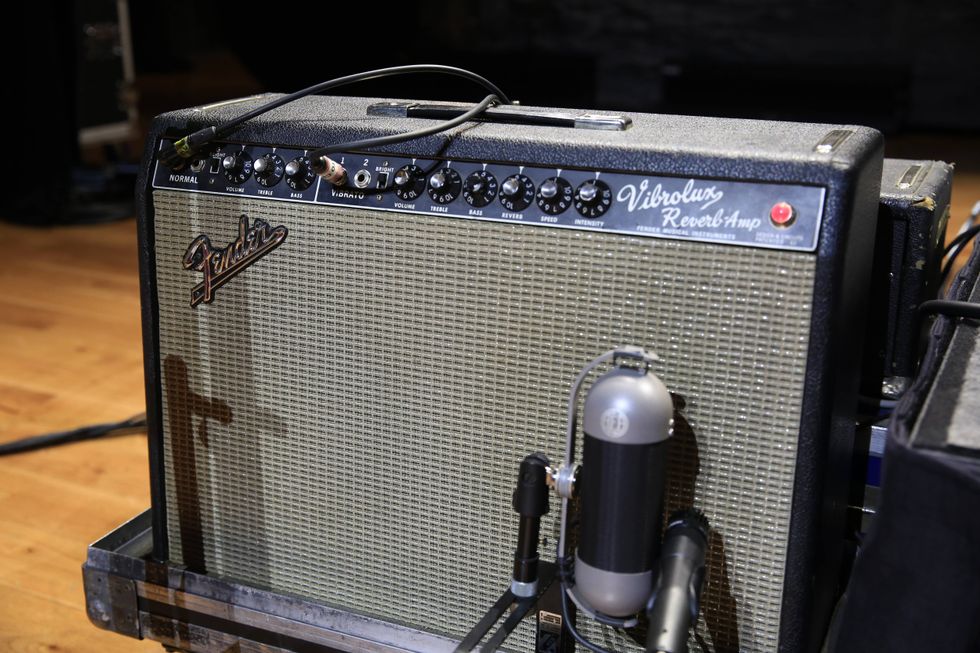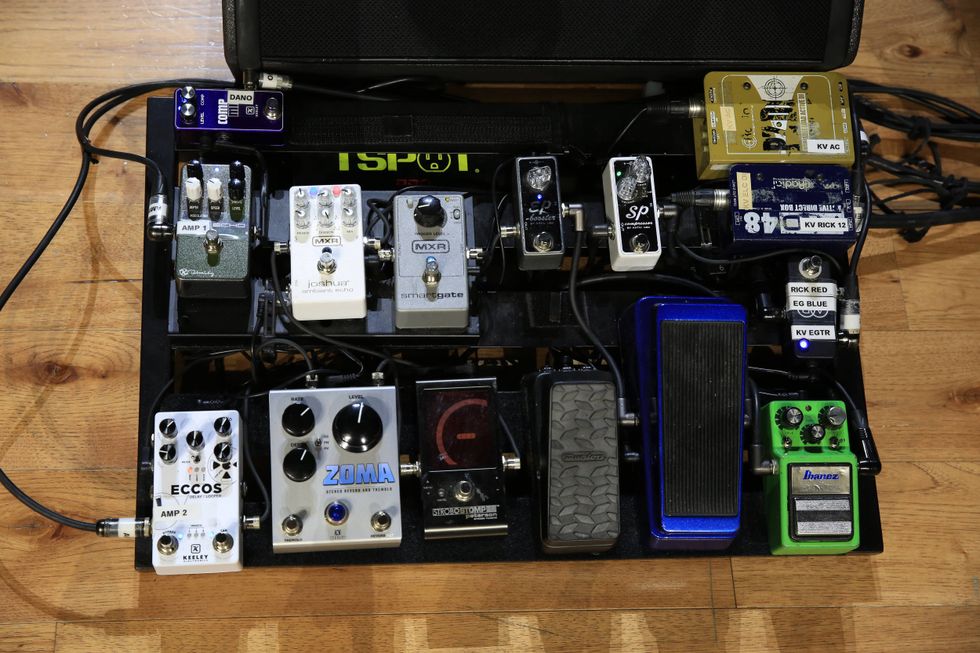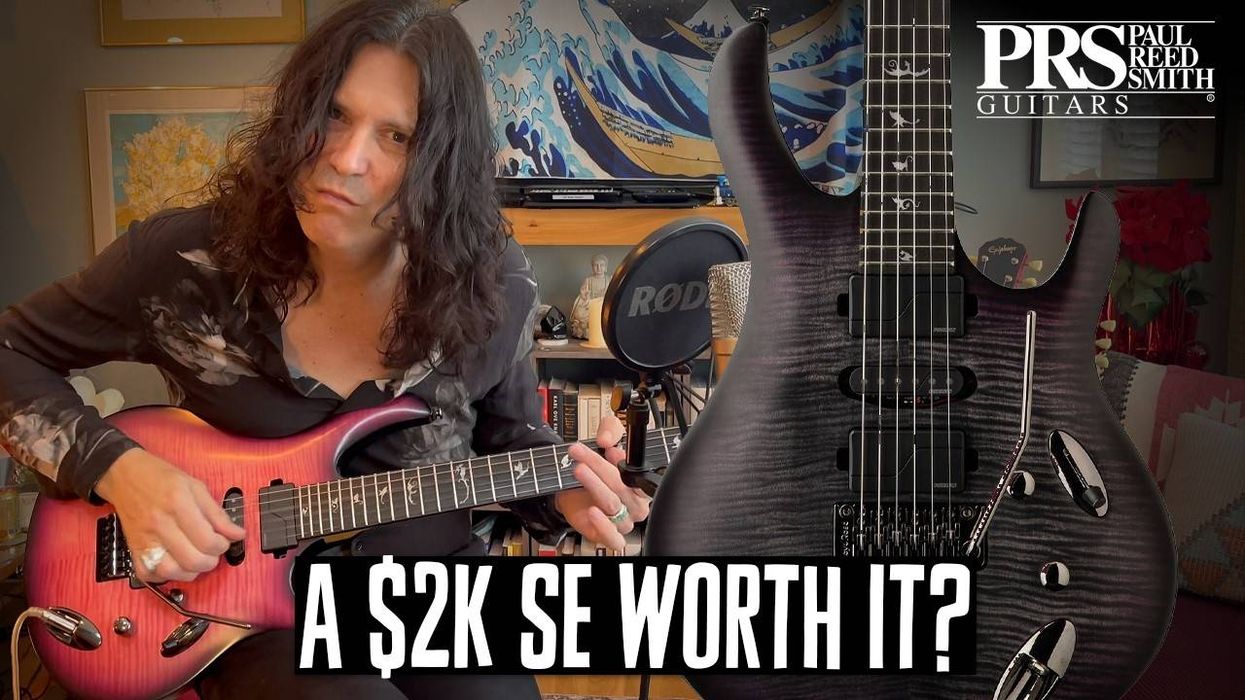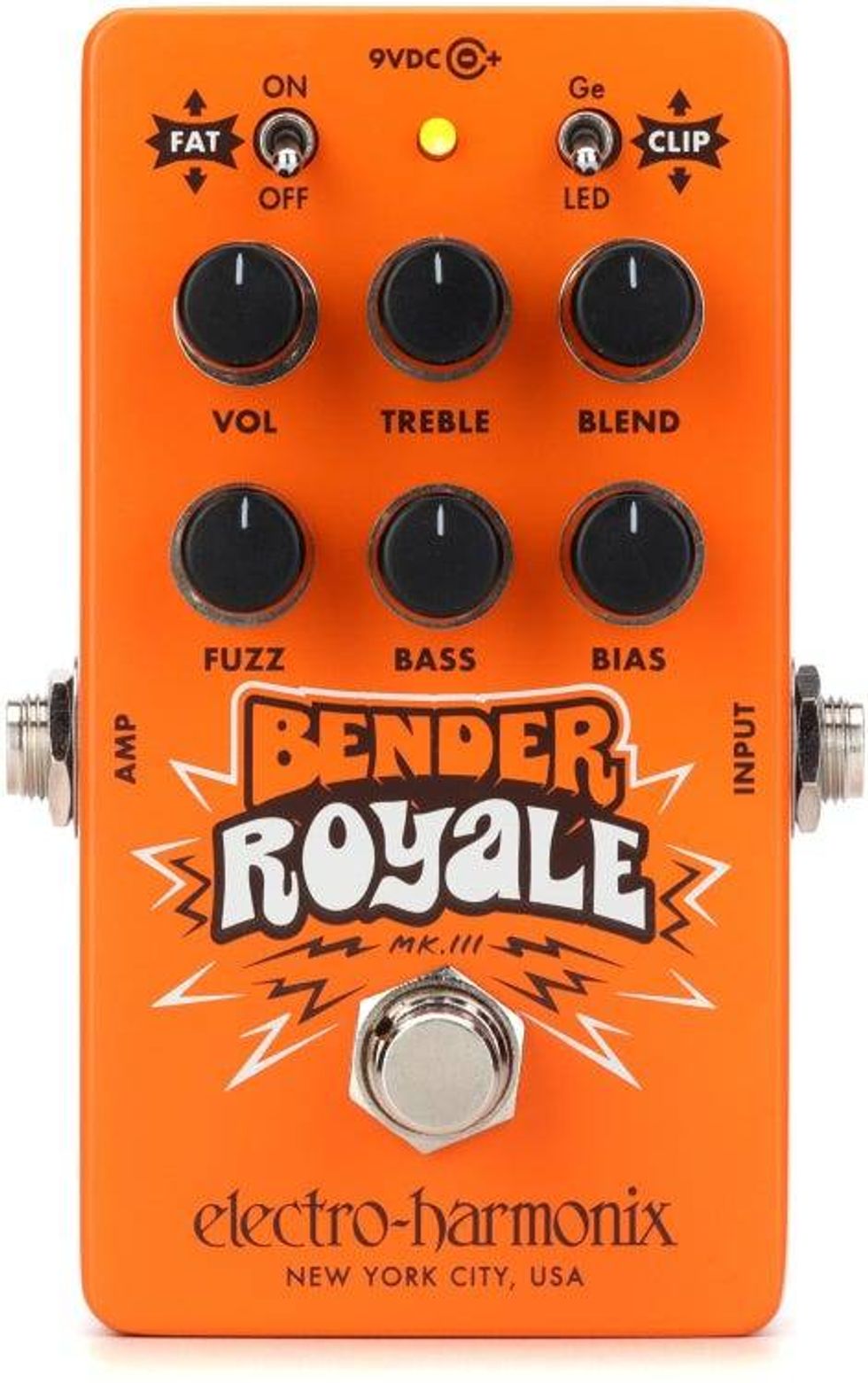https://www.premierguitar.com PG's Rebecca Dirks is on location in Corona, California with Fender CEO Larry Thomas. In this video Larry Thomas takes Rebecca on a tour of the new Fender Visitor Center and explains the pride and dedication that goes into the crafting of Fender's guitars. See more great videos at https://www.premierguitar.com/video
Fender Visitor Center Tour
https://www.premierguitar.com PG's Rebecca Dirks is on location in Corona, California with Fender CEO Larry Thomas. In this video Larry Thomas takes Rebecca on a tour of the new Fender Visitor Center and explains the pride and dedication that goes into the crafting of Fender's guitars. See more great videos at https://www.premierguitar.com/video
By PremierGuitar DefaultSep 21, 2011



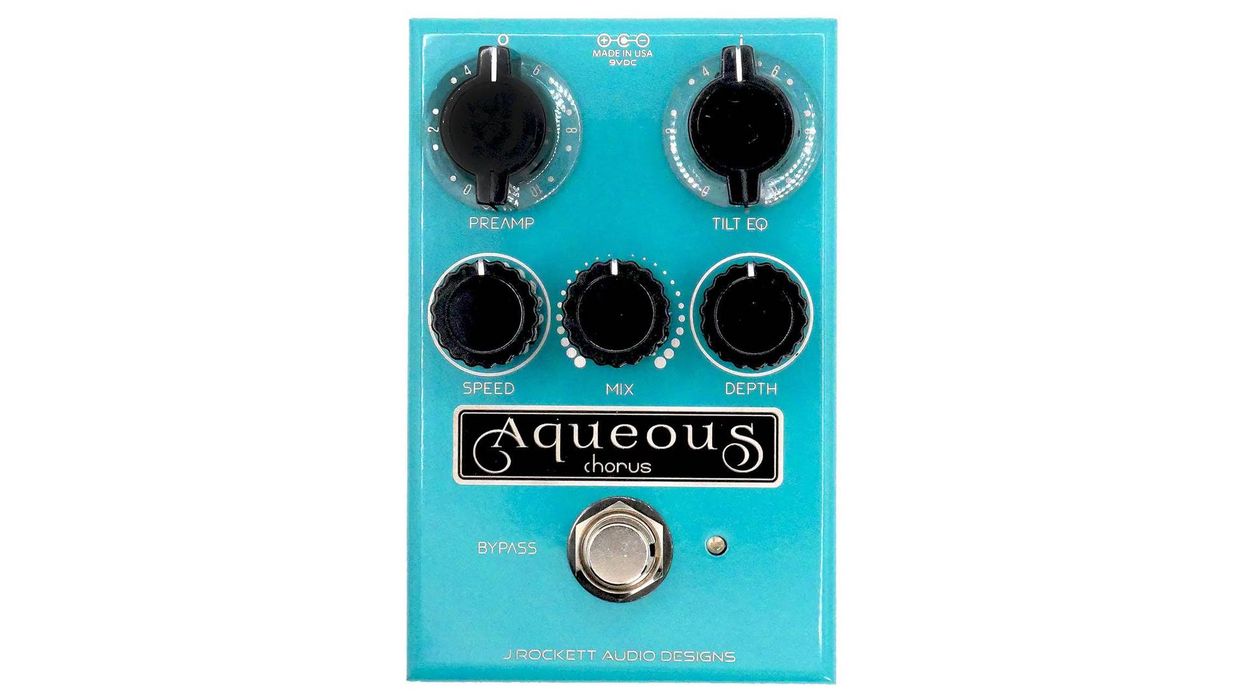
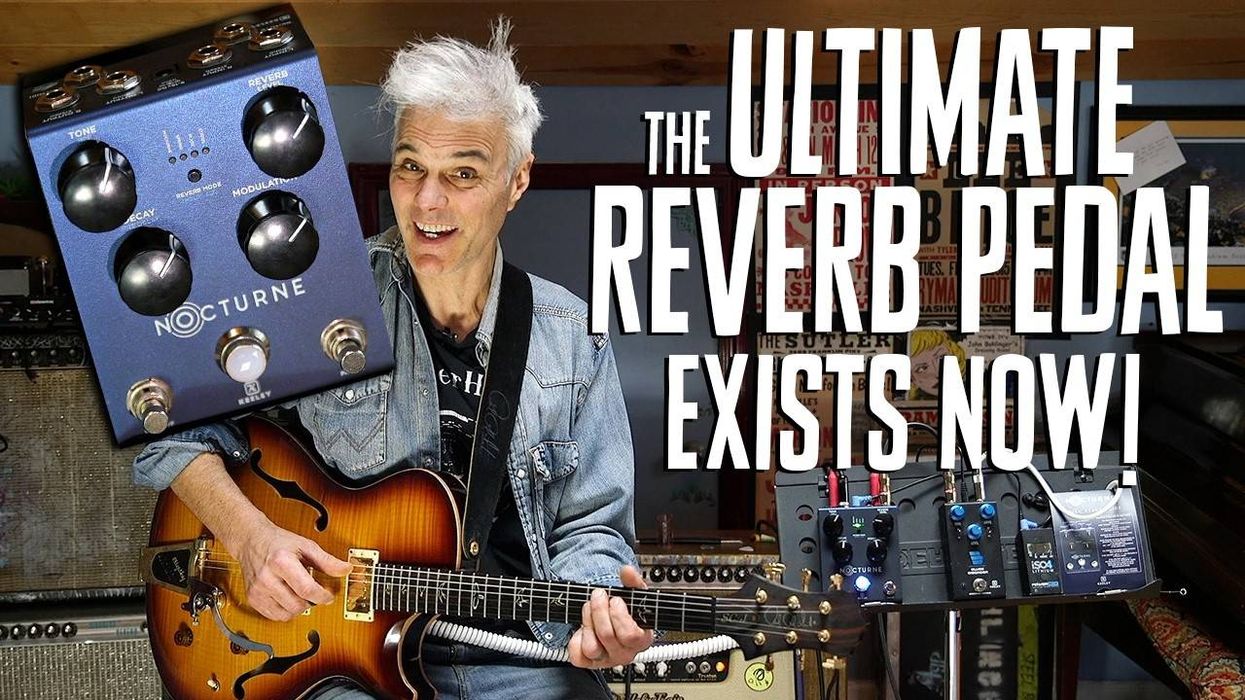






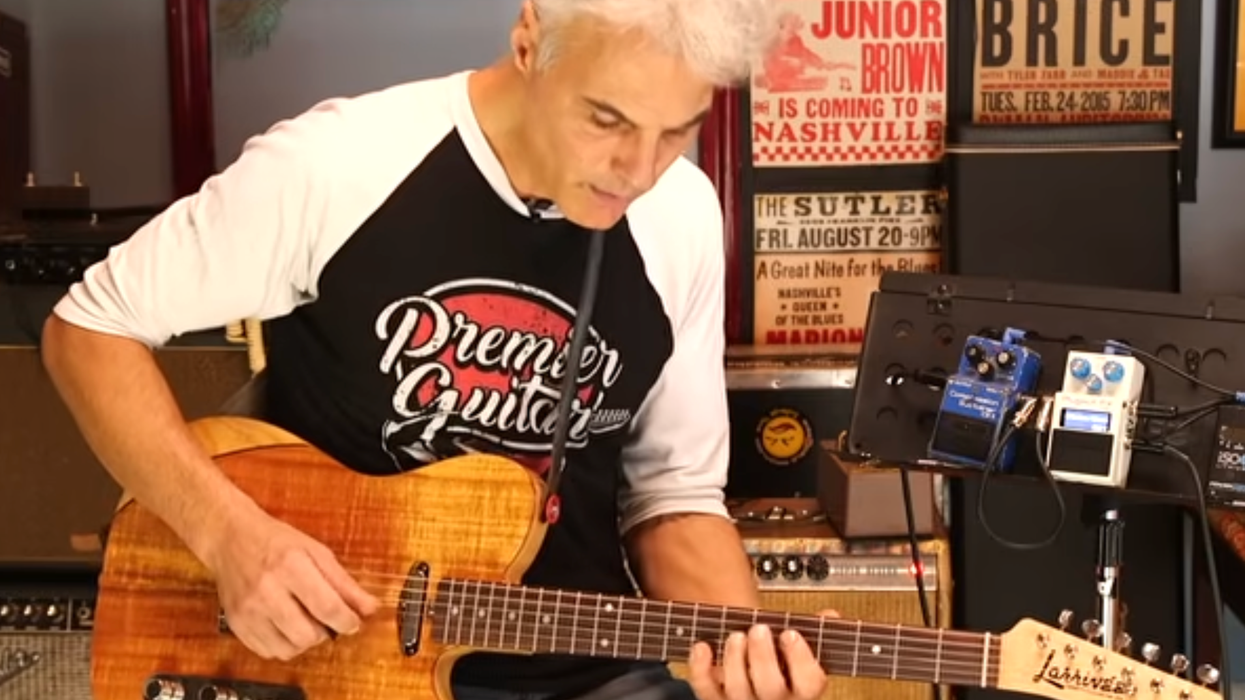
![Rig Rundown: Russian Circles’ Mike Sullivan [2025]](https://www.premierguitar.com/media-library/youtube.jpg?id=62303631&width=1245&height=700&quality=70&coordinates=0%2C0%2C0%2C0)
